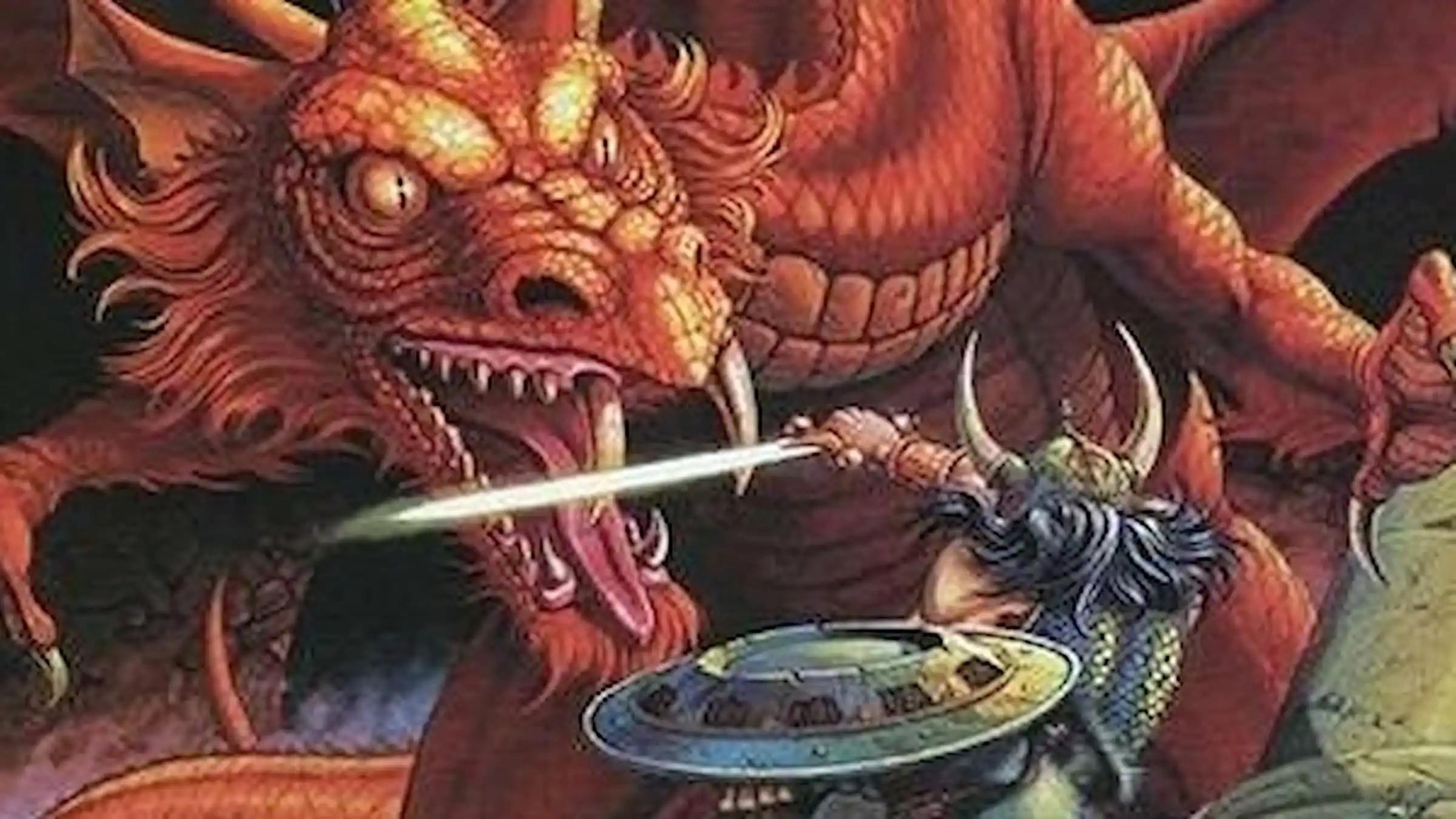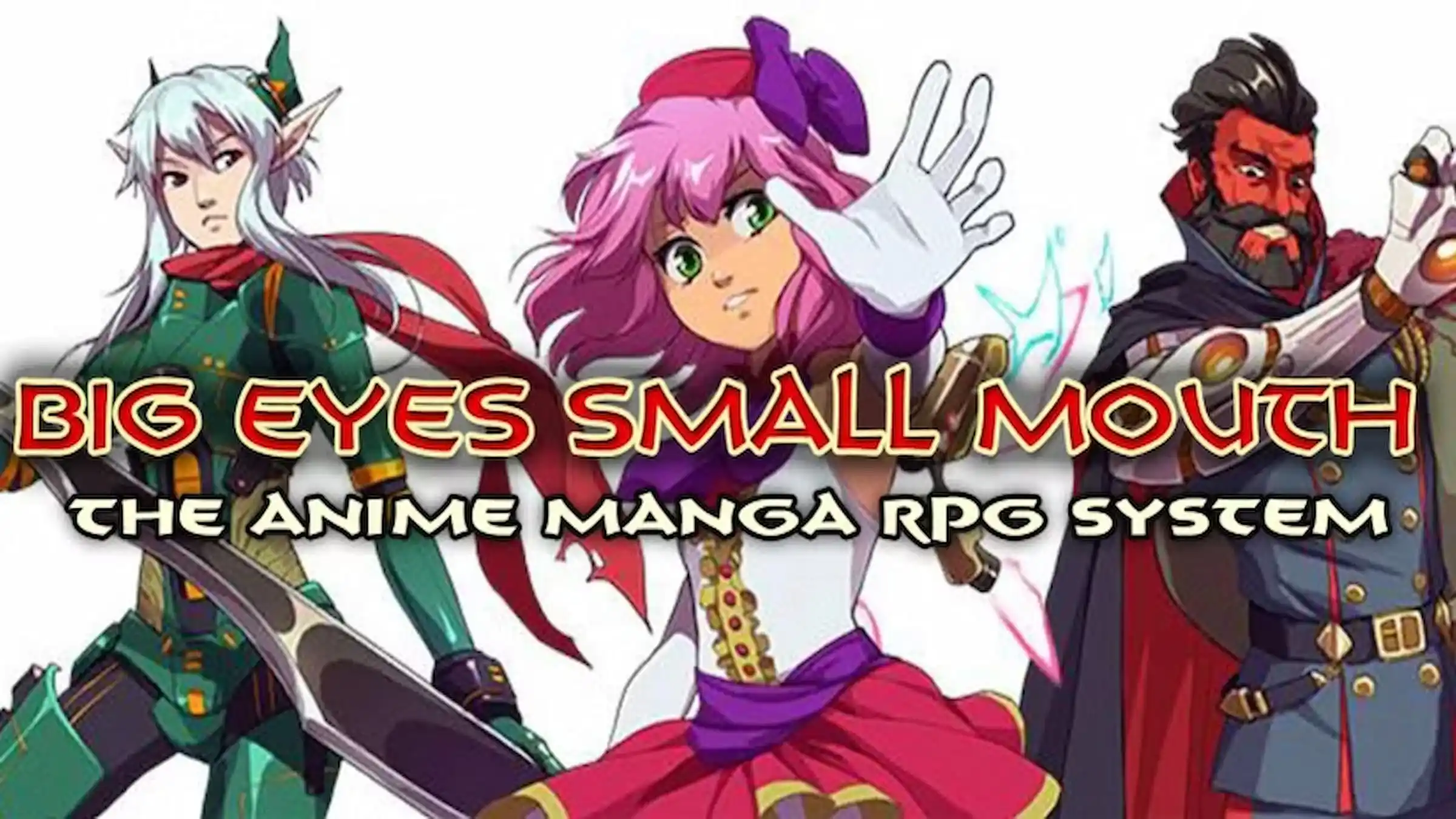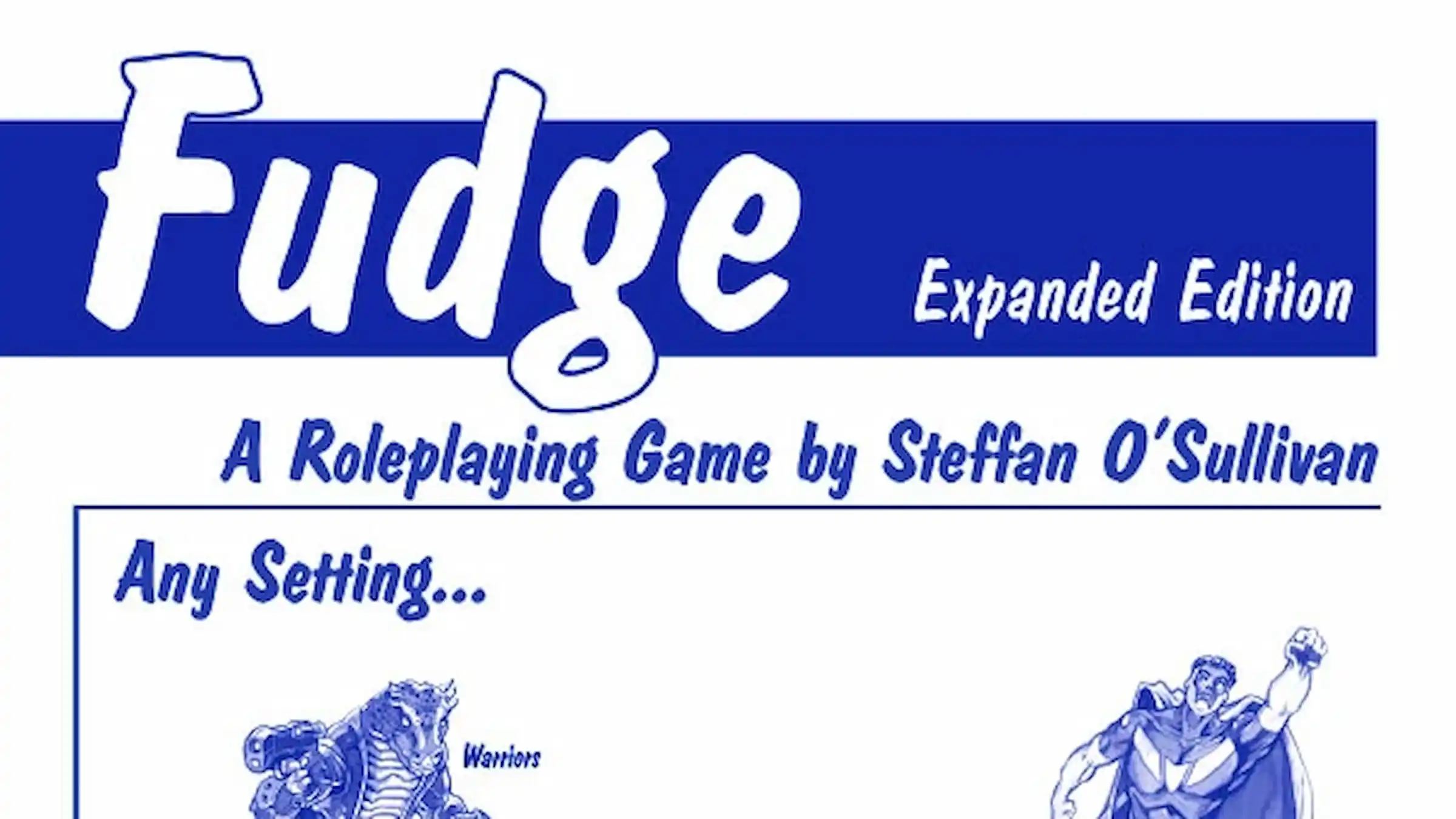
The 1990s were a pivotal time for tabletop RPGs. While collectible card games and popular fantasy franchises were gaining traction, it was also a period of incredible creativity and experimentation in game design, fundamentally changing how people told stories through gaming. Though Dungeons & Dragons remained the most famous, many other unique systems emerged. Back then, game stores had a distinct smell of paper and cardboard, rulebooks felt like secrets waiting to be unlocked, and finding a new RPG often meant someone sharing a copied rulebook with their gaming group.
The 1990s weren’t known for big, polished RPGs; instead, it was a time for unique, ambitious games that weren’t afraid to be different. Sadly, many of these innovative role-playing games were eventually forgotten as newer, more popular games took center stage. They became little more than historical notes. However, their impact hasn’t vanished. These games profoundly influenced the RPG genre, inspiring current game designers and introducing gameplay elements still used today. Let’s revisit three of the best overlooked tabletop RPGs from the 90s that deserve recognition.
3) Big Eyes, Small Mouth

Before anime became widely popular in the West, and before streaming made all kinds of entertainment easily accessible, there was Big Eyes, Small Mouth (BESM). This unique tabletop role-playing game boldly attempted to capture the look, feel, and fast-paced action of Japanese animation – something very few games even tried at the time. Published in 1997 by Guardians of Order, BESM quickly became the system of choice for players wanting to play anything from giant robot battles to magical girl stories, from action-packed tournaments to everyday comedies. It truly stood out from everything else in the tabletop gaming world of the 90s.
I always loved how streamlined BESM was. So many RPGs back then were bogged down in complicated rules, but BESM felt so free! It really focused on telling a great story and let you build almost any character you could dream up using just three stats: Body, Mind, and Soul. Seriously, you could play anything! A super-strong android? Done. A magical talking cat? Absolutely. A hero who could transform and gain new powers constantly? BESM practically begged you to try it.
Back in the 90s, this game’s character creation system was groundbreaking. It let players fully customize their characters, giving them a lot of freedom. Unlike other games that limited choices to specific classes, this one allowed for imaginative and exaggerated designs inspired by anime. While newer versions added more rules and features, many fans still love the original for its simple, creative spirit.
More than just its game rules, BESM’s biggest impact was its early and enthusiastic embrace of anime, well before it became popular. It encouraged players to fully enjoy over-the-top stories, epic fights, colorful characters, and mixing different genres without apology. While many tabletop RPGs now draw inspiration from anime, BESM was the first, and it remains a highly influential and beloved game from the 90s.
2) Vampire: The Masquerade

Although Vampire: The Masquerade still has a following, people often forget just how impactful it was in the 1990s. Back then, most tabletop RPGs focused on dungeon exploration, battles, and classic fantasy themes. Vampire completely changed that. Released in 1991 by White Wolf Publishing, it wasn’t just a game – it redefined the role-playing experience. It moved TTRPGs out of people’s homes and into more public spaces like nightclubs, alternative shops, and universities, turning it into a trendy, thoughtful, and occasionally very intense social activity.
Vampire: The Masquerade (VTM) stood out from other games by focusing on storytelling rather than statistics. It invited players to delve into complex ideas like right and wrong, strength, ambition, and what it means to be human, all through the experiences of vampires living in a dark, modern world. In this world, monsters often look like ordinary people, and dangerous politics are a bigger threat than physical violence. The game’s rules were built to emphasize character interactions and dramatic roleplaying, meaning that talking and negotiating were just as crucial as using supernatural powers.
Back in the 90s, Vampire: The Masquerade was unlike anything else. Its striking black-and-white style, atmospheric writing, and rich backstory really captured players’ attention. It even sparked trends in fashion, music, live-action role-playing, and fan groups – all before being a fan was as common as it is now. While Dungeons & Dragons captured the classic medieval fantasy feel, Vampire tapped into a different side – a darker, more modern world of secrets, neon lights, and personal struggles.
One of the most important things Vampire: The Masquerade did was highlight that every action has consequences. Using powers, feeding on victims, and even political maneuvering all came with a price or moral weight. This focus on consequences has influenced many modern tabletop role-playing games like Blue Rose, Monsterhearts, Kids on Bikes, and Blades in the Dark. You can even see its impact in video games such as Dragon Age and Disco Elysium, which share similar storytelling approaches.
Though Vampire: The Masquerade continues with newer games like Bloodlines 2, the original version from the 1990s is still a beloved classic. It truly revolutionized tabletop role-playing, going beyond simply being great to fundamentally changing the way stories were told.
1) Fudge/Fate

Many tabletop RPGs from the 1990s don’t get the recognition they deserve, but Fudge is a prime example. Released in 1992, this flexible and customizable system was the original inspiration for the popular Fate RPG. While Fate later became a refined and highly-regarded game, Fudge was the groundbreaking idea that started it all, and it was a truly innovative tabletop RPG for its time.
Fudge was a unique role-playing game for its time. Unlike most games, it didn’t come with a pre-defined world, specific character types, or complicated rules. Instead, it provided a simple, adaptable system that groups could customize to fit their own stories. It wasn’t about learning established lore, but about having the tools to create anything you imagined. A key feature was its ‘adjective ladder,’ which replaced traditional numbers on character sheets with descriptive words, making characters easier to understand and more connected to the unfolding story. Players and game masters didn’t worry about stats like ‘Strength 14’; they focused on traits that directly impacted the narrative.
In the 1990s, this level of creative freedom was groundbreaking. It allowed groups to collaboratively create game worlds well before the rise of independent role-playing games. Whether you wanted to play a science fiction adventure, a film noir mystery, a Viking saga, or a superhero story, Fudge simplified the process and, crucially, made it enjoyable. The game’s central idea – that rules should enhance the story, not restrict it – became the foundation for the Fate system. Fate expanded on Fudge’s concepts, adding Aspects, Fate Points, and more defined ways to shape the narrative.
The true strength of Fudge lay in how easy it was to use and share. It encouraged players to create their own content, and built a community focused on working together, not competing. Fudge gave people the freedom to experiment, make things up as they went along, and craft stories that were uniquely their own. Its influence can be seen in many popular indie role-playing games today, either through direct inspiration or a similar spirit. Calling Fudge the most influential underground tabletop RPG of the 1990s is no overstatement. It helped change modern game design by proving that rules could be simple, adaptable, and focused on storytelling, all while still offering a rich experience.
What do you think? Leave a comment below and join the conversation now in the ComicBook Forum!
Read More
- The Most Jaw-Dropping Pop Culture Moments of 2025 Revealed
- Ashes of Creation Rogue Guide for Beginners
- ARC Raiders – All NEW Quest Locations & How to Complete Them in Cold Snap
- Best Controller Settings for ARC Raiders
- Where Winds Meet: How To Defeat Shadow Puppeteer (Boss Guide)
- Ashes of Creation Mage Guide for Beginners
- Where Winds Meet: Best Weapon Combinations
- My Hero Academia Reveals Aftermath Of Final Battle & Deku’s New Look
- Hazbin Hotel season 3 release date speculation and latest news
- Bitcoin’s Wild Ride: Yen’s Surprise Twist 🌪️💰
2025-11-22 18:14